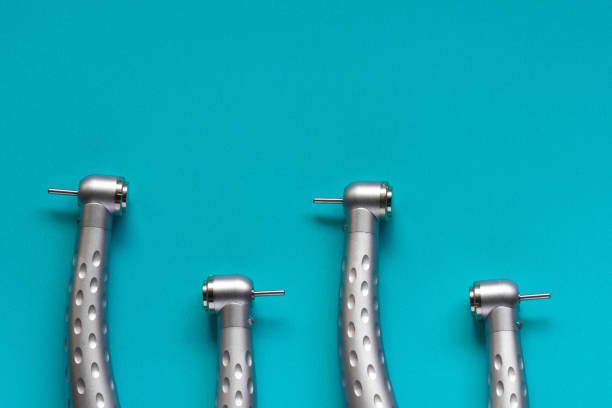Handpieces are an essential part of modern dentistry, allowing for efficient and precise work on various dental procedures. However, the improper use of these tools can lead to costly mistakes and even harm the patient. In this article, we will discuss the most common mistakes to avoid when using handpieces in dentistry.
1. Using The Wrong Type Of Bur For A Specific Procedure Or Material
Using the wrong type of bur for a specific procedure or material is one of the most common mistakes. Dental burs come in various shapes and sizes, each designed for a specific purpose. Choosing the appropriate bur for each procedure and ensuring it is compatible with the material being worked on is essential. For example, diamond-coated burs are better for cutting hard materials like porcelain, while carbide burs are more suitable for softer materials like composite.
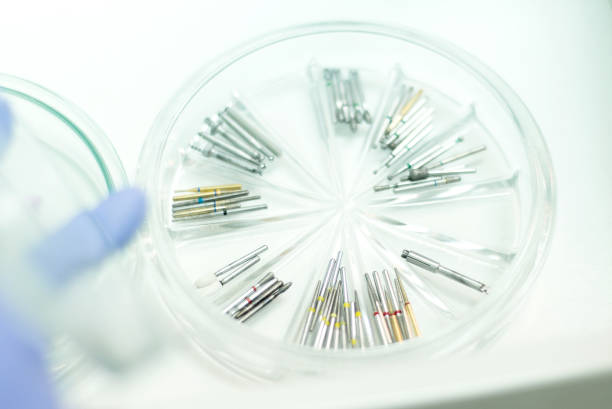
2. Applying Too Much Pressure Or Force When Using A Handpiece
Applying too much pressure or force when using a handpiece is another common mistake. Applying excessive pressure or force can damage the tooth structure or restoration being worked on. It is important to use a light touch when using a handpiece and let the burs do the work. Pushing too hard can also cause the burs to overheat, leading to thermal damage.
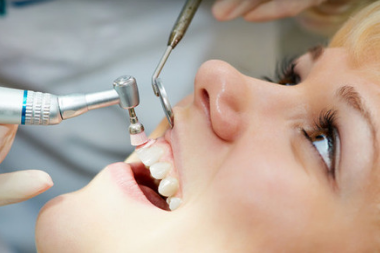
3. Failing To Properly Lubricate And Maintain The Handpiece
Failing to properly lubricate and maintain the handpiece is another common mistake. Proper lubrication and maintenance of the handpiece are essential for its longevity and optimal performance. Failing to lubricate the handpiece can cause it to overheat and malfunction. It is important to follow the manufacturer's recommendations for maintenance and lubrication.
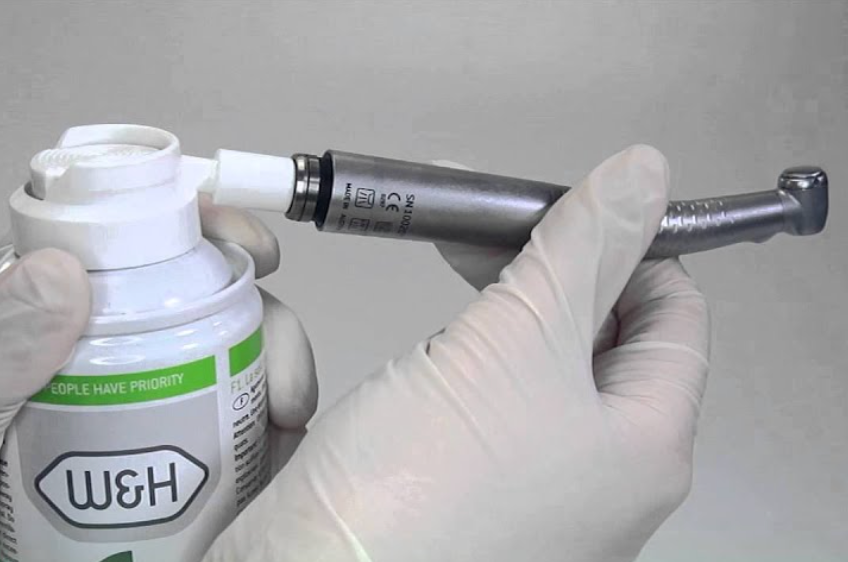
4. Not Properly Sterilizing Or Cleaning The Handpiece
Not properly sterilizing or cleaning the handpiece is a critical mistake that can lead to the transmission of harmful microorganisms, which can cause infections. Proper sterilization and cleaning protocols must be followed to protect both the patient and the dental team.
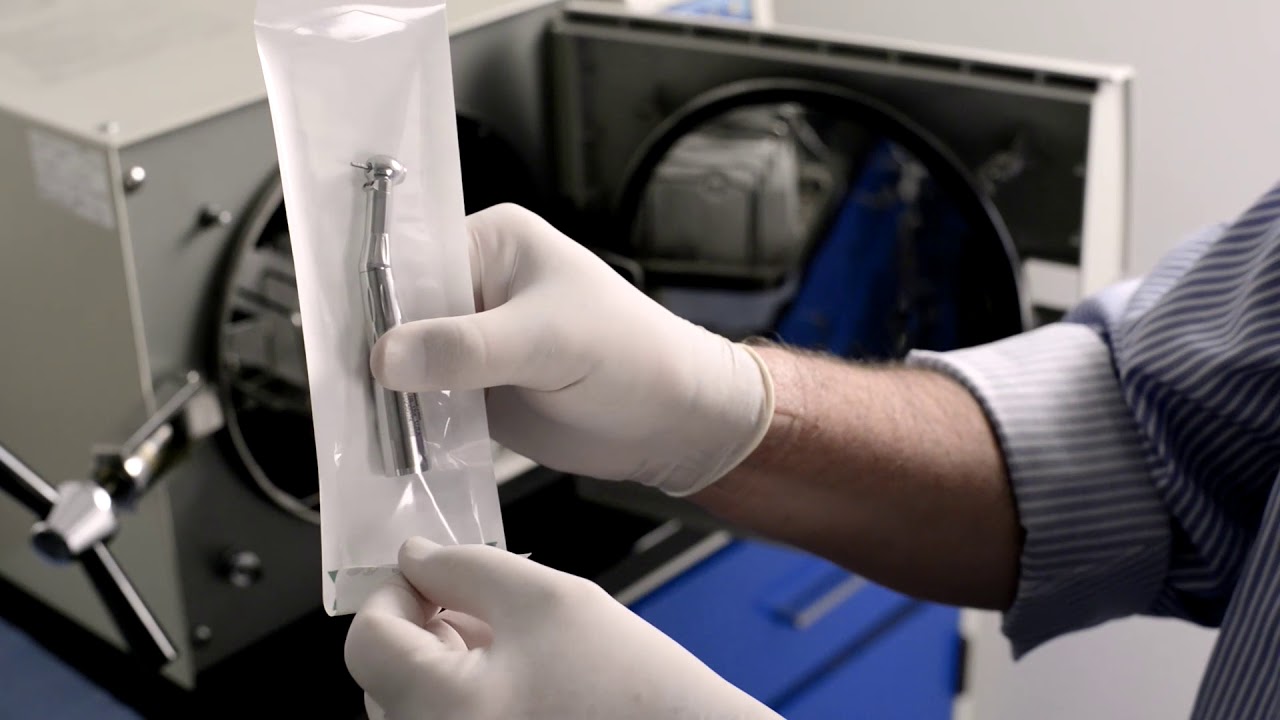
5. Overheating The Bur Or Handpiece Due To Prolonged Use
Overheating the bur or handpiece due to prolonged use is another common mistake. Overheating the bur or handpiece can cause thermal damage to the tooth structure or restoration being worked on. It is important to take breaks during prolonged procedures and use adequate water or air cooling to prevent overheating.
6. Using A Dull Or Worn-out Bur That Can Damage The Restoration Or Tooth Structure
Using a dull or worn-out bur is another common mistake that can lead to poor results and damage to the restoration or tooth structure. It is important to replace burs regularly and inspect them before each use to ensure they are in good condition.
7. Ignoring Warning Signs Of Potential Problems With The Handpiece
Ignoring warning signs of potential problems with the handpiece, such as unusual noises or vibration, is another common mistake. Ignoring warning signs can lead to costly repairs or even injury to the patient. It is important to address any unusual noises or vibration immediately and have the tool inspected by a qualified technician.
8. Failing To Properly Secure The Bur In The Handpiece
Failing to properly secure the bur in the handpiece, leading to slippage or instability during use, is another common mistake. Failing to properly secure the bur can lead to slippage or instability during use, which can damage the tooth structure or restoration being worked on. It is important to ensure the bur is securely fastened and tightened before each use.
9. Not Using Adequate Water Or Air Cooling During The Procedure
Not using adequate water or air cooling during the procedure, leading to overheating or thermal damage, is another common mistake. It is important to use adequate cooling during the procedure and monitor the temperature of the bur and handpiece.
10. Improper Hndling Or Storage Of The Handpiece
Improper handling or storage of the handpiece is another common mistake that can lead to damage or malfunction. It is important to follow the manufacturer's recommendations for handling and storing the handpiece to ensure its longevity and optimal performance.
Conclusion
In conclusion, avoiding these common mistakes when using handpiece in dentistry can help ensure optimal results and protect both the patient and the dental team. Proper training and adherence to the manufacturer's recommendations for maintenance and use are essential for safe and effective use of these important instruments.


